Tomatoes 2013_Freezing, Fermenting, Drying
sidhartha0209
10 years ago
Related Stories

GREEN BUILDINGThe Big Freeze: Inventors Break New Ground to Keep Things Cool
Old-fashioned fridges can be energy guzzlers, but there are more eco-friendly ways of keeping food fresh, as these global innovations show
Full Story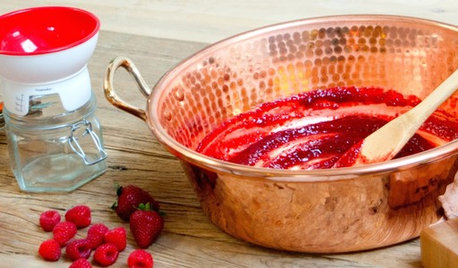
SHOP HOUZZHouzz Products: Save a Taste of Summer
Can't bear to part with the flavors of summer peaches, berries and tomatoes? Then jam on it!
Full Story
FARM YOUR YARD6 Things to Know Before You Start Growing Your Own Food
It takes time and practice, but growing edibles in the suburbs or city is possible with smart prep and patience
Full Story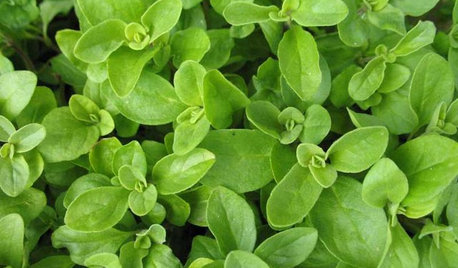
EDIBLE GARDENSHerb Garden Essentials: Grow Your Own Oregano and Marjoram
Say 'buon giorno' to classic Italian herbs you can grow just as easily in pots as in the summer garden
Full Story
GARDENING GUIDESPacific Northwest Gardener's August Checklist
Deadheading perennials, cutting raspberry canes and preparing for the onion harvest keeps Northwest gardeners busy in August
Full Story
FARM YOUR YARDHow to Build a Raised Bed for Your Veggies and Plants
Whether you’re farming your parking strip or beautifying your backyard, a planting box you make yourself can come in mighty handy
Full Story
EDIBLE GARDENSHouzz Call: Where Are the Craziest Places You Grow Edibles?
Basil in a bathtub, spinach stacked up a wall ... If your edibles occupy an odd spot, we’d like to know
Full Story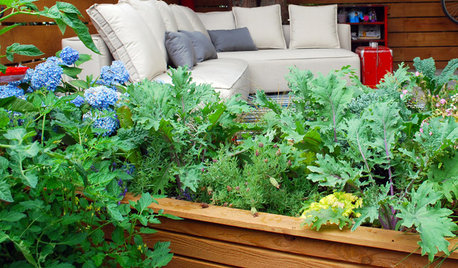
GARDENING GUIDESStep Right Outside for Fresh Herbs and Vegetables
Decks and patios can be convenient spots for edibles, and sometimes they even offer advantages over backyard gardens
Full Story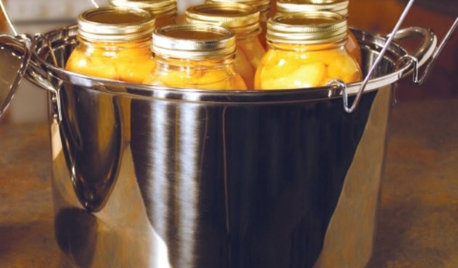
PRODUCT PICKSGuest Picks: Canning, Preserving, Steaming, Dehydrating
20 products to help make fall produce last through the season and beyond
Full Story
SPRING GARDENINGSummer Crops: How to Grow Strawberries
Pluck your own sweet strawberries right from the garden vine for smoothies, salads or eating then and there
Full StorySponsored
Your Custom Bath Designers & Remodelers in Columbus I 10X Best Houzz
More Discussions






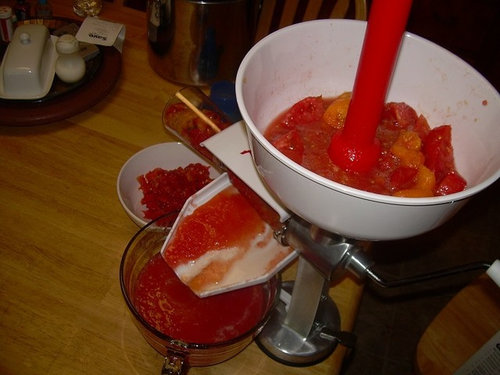

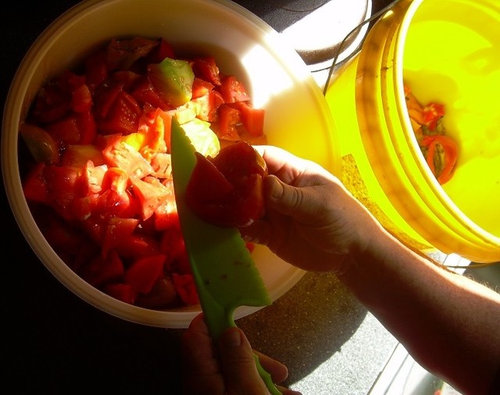
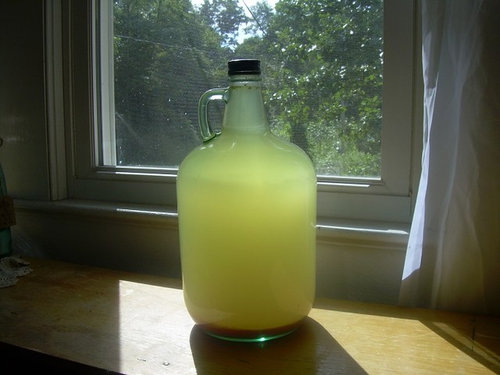
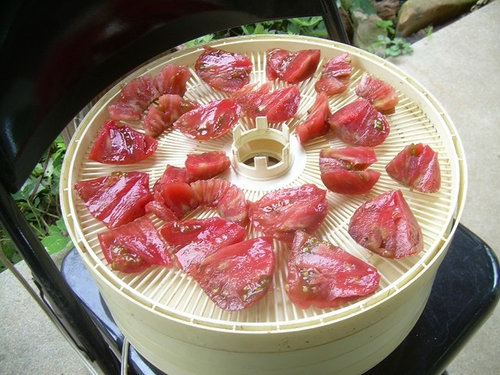
Linda_Lou
digdirt2
Related Professionals
Manhattan Beach Landscape Architects & Landscape Designers · Saint Louis Park Landscape Architects & Landscape Designers · Wheeling Landscape Architects & Landscape Designers · Winder Landscape Architects & Landscape Designers · Peabody Landscape Contractors · Chattanooga Landscape Contractors · Fort Worth Landscape Contractors · Newberg Landscape Contractors · Shirley Landscape Contractors · The Villages Landscape Contractors · West Haverstraw Landscape Contractors · Markham Landscape Contractors · Staten Island Roofing & Gutters · SeaTac Roofing & Gutters · Black Forest Roofing & GuttersLinda_Lou
sidhartha0209Original Author
digdirt2
Linda_Lou
dgkritch
sidhartha0209Original Author
Linda_Lou
digdirt2
sidhartha0209Original Author
sidhartha0209Original Author
digdirt2
Linda_Lou
bggrows
Linda_Lou
cannond
Linda_Lou
sidhartha0209Original Author
david52 Zone 6
sidhartha0209Original Author
digdirt2
Linda_Lou
sidhartha0209Original Author
Linda_Lou
Linda_Lou
sidhartha0209Original Author
sidhartha0209Original Author
cannond
Linda_Lou
gardengalrn
sidhartha0209Original Author
sidhartha0209Original Author
theforgottenone1013 (SE MI zone 5b/6a)
Linda_Lou
sidhartha0209Original Author
sidhartha0209Original Author
sidhartha0209Original Author
beegood_gw
sidhartha0209Original Author
david52 Zone 6
sidhartha0209Original Author
david52 Zone 6
sidhartha0209Original Author
thatcompostguy
sidhartha0209Original Author
david52 Zone 6
lkzz
cannond
sandrakassa